OnePlus 12 vs Google Pixel 8 Pro: all the differences explained
We may earn a commission if you make a purchase from the links on this page.

Intro
In the competitive world of smartphones, the OnePlus 12 and Google Pixel 8 are both vying for the title of the best value-for-money device of 2024. Packed with top-tier specs, unique features, and a significantly lower price tag than the Pixel 8 Pro, the OnePlus 12 presents a compelling proposition.
While the Pixel 8 Pro commands a premium of $200, a closer look reveals that the OnePlus 12 might offer a more attractive deal in several key areas. From performance and display quality to charging speed and beyond, the OnePlus 12 appears to hold its own against its more expensive rival.
Don't get us wrong; the Pixel 8 Pro is a formidable contender. But the OnePlus 12 represents one of the company's finest smartphones in recent memory, and it seems poised to give the Pixel 8 Pro a run for its money, even with a considerable price difference.
Don't get us wrong; the Pixel 8 Pro is a formidable contender. But the OnePlus 12 represents one of the company's finest smartphones in recent memory, and it seems poised to give the Pixel 8 Pro a run for its money, even with a considerable price difference.
Also check out:
OnePlus 12 vs Pixel 8 Pro:
| OnePlus 12 | Pixel 8 Pro |
|---|---|
| 164.3 x 75.8 x 9.15 mm, 220.0 g | 162.6 x 76.5 x 8.8 mm, 213.0 g |
| 6.8" screen size with much higher peak brightness: up to 4,500 nits | 6.7", 2,400 nits peak brightness |
| Snapdragon 8 Gen 3 chip | Google Tensor G3 |
| 12GB RAM + 256GB UFS 4.0 16GB RAM + 512GB UFS 4.0 LPDDR5X RAM UFS 4.0 storage | 12GB LPDDR5X RAM + 128GB UFS3.1 12GB LPDDR5X RAM + 256GB UFS3.1 12GB LPDDR5X RAM + 512GB UFS3.1 12GB LPDDR5X RAM + 1TB UFS3.1 LPDDR5X RAM UFS 3.1 storage |
| 50MP main camera 48MP ultra-wide 64MP 3X zoom 32MP selfie | 50MP main camera 48MP ultra-wide 48MP 5X zoom 10.5MP selfie |
| 5,400mAh battery | 5,050mAh battery |
| 100W wired charge, 50W wireless | 30W wired charge, 23W wireless |
| $799 starting price | $999 starting price |
Read more:
Design and Display
Boldness expressed differently
On paper, both phones sound quite similar. Glass back panels, aluminum frames, generally oval shapes (although the OnePlus 12 has a slightly sharper curve to its sides), and a massive camera island at the back as a centerpiece.
But when you place them next to each other the two look quite different. Both are trying to stand out with their camera systems. The OnePlus 12 is rocking the well-known circular design, which this year has an even more prominent metal ring to protect the four cameras inside, whereas Google has stuck to its visor-like look.
Size-wize, the OnePlus 12 is the heftier phone here, with a thicker body measuring at 9.15 mm vs the Pixel's 8.8 mm. It is also a bit heavier, although less noticeable with a 7g difference. Take a look for yourself:
If you want to compare the size and eight of OnePlus' new flagship phone feel free to check out our dedicated OnePlus 12 size comparison article.
While we are still on the visual aspects of the design, it would be a shame not to mention OnePlus' alert slider, which many fans love, and there isn't an equivalent of on Google's Pixel 8 Pro.
On the inside, the OnePlus 12 has a significant advantage. When it launched, its predecessor the OnePlus 11 came with a brand new vibration motor, which was twice as big compared to the competition. The OnePlus 12 takes it a step above that with even better haptics thanks to a new motor called the 'Bionic Vibration Motor Turbo.' It is so powerful that it beats any other on the market.
One area where OnePlus has been lacking with its flagships, however, have been the water and dust-resistance certifications. The OnePlus 11 was slightly downgraded compared to its predecessor, sporting an IP64 rating. Sadly, that has only been increased to IP65, which is still better and means the phone can withstand low-pressure water jets from any direction, but it is definitely unsafe to use around deep bodies of water. The IP68 rating on the Pixel 8 Pro brings about more confidence and comfort in the phone's protection against the elements.
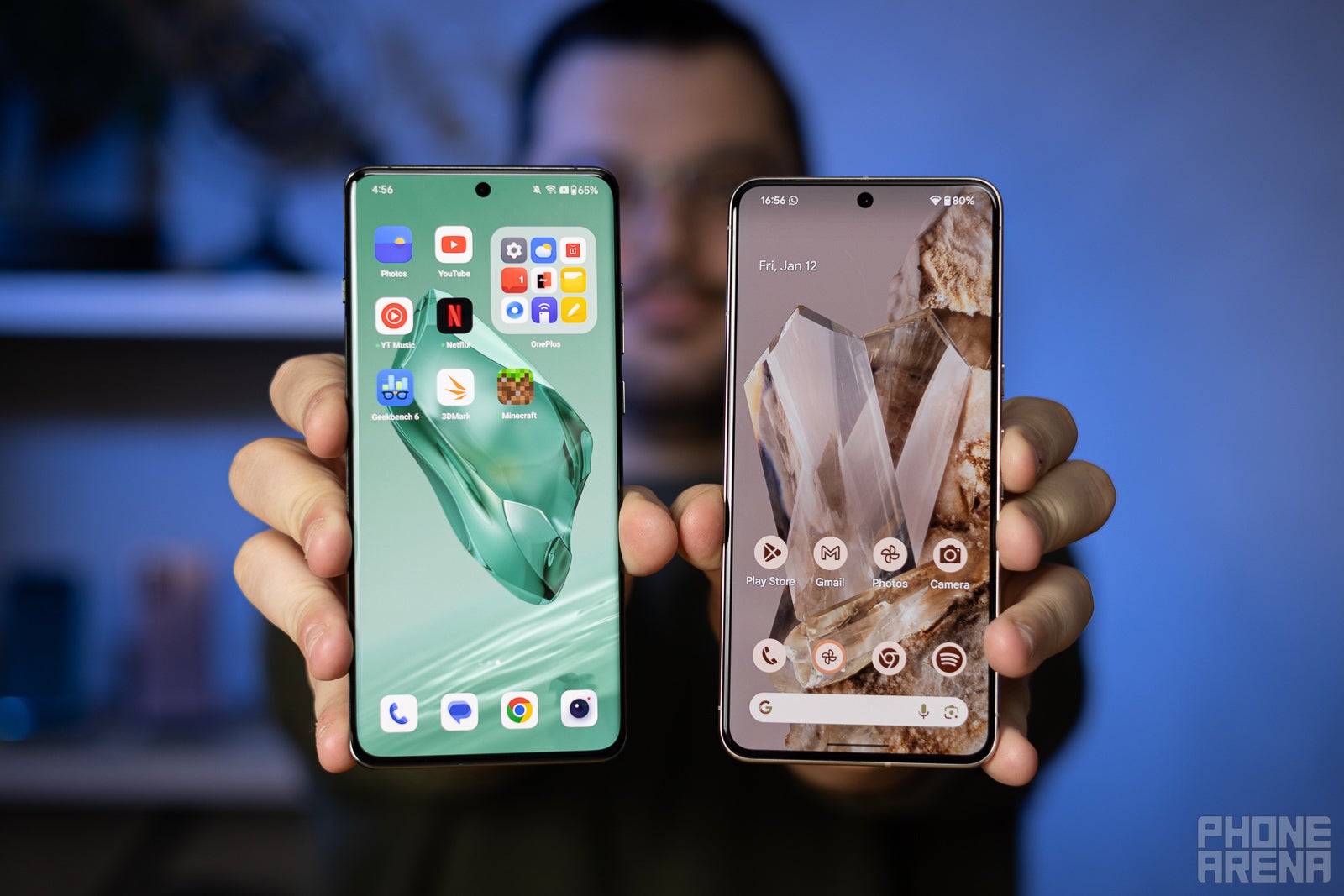
The OnePlus 12 comes with a 6.8-inch display with a resolution of 1440 x 3168 pixels, and it is super sharp compared to its predecessor! It also has a high display refresh rate, with the ability to go from 1-120Hz, for maximum energy efficiency and smoothness depending on the content being displayed.
As impressive as all of these display specs on the OnePlus 12 sound, the Pixel 8 Pro mostly matches each one of them, albeit with a slightly smaller 6.7-inch size and 1344x2992 resolution.
One area where you might notice a difference, however, is in the brightness. While the Pixel 8 Pro gets really bright at 2,400 nits, the OnePlus 12 goes even higher at 2,600 nits. Both phones are be perfectly visible in broad daylight though, and plenty capable of offering super HDR content.
But the devil is in the details, and OnePlus knows that. The company has worked on some of the less flashy parts of the display, making it much easier to use whenever your hands or the screen itself are wet. Additionally, the fingerprint scanner is faster than before — a touchy topic for Pixel phones, as their fingerprint scanners are rather slow to this day.
Maybe the most immediately visible differences, however, is the OnePlus 12's curved display, which flows out from the sides and into the aluminum frame. The Pixel 8 Pro, on the other hand, keeps it more traditional with a flat display, which many buyers seem to prefer since it is less prone to reflections and accidental touches.
Despite the higher brightness that OnePlus claims for the OnePlus 12, the Pixel 8 Pro managed to reach higher levels of brightness during our display tests in comparison. Now, typically when a manufacturer states "peak brightness", the term refers only to the maximum brightness of a small portion of the display that's displaying a fully white image, so it is hard to measure.
Both phones are perfectly visible in broad daylight though, so you won't have any issues using either of them in bright conditions.
Performance and Software
A powerful Lamborghini or a trusty Toyota
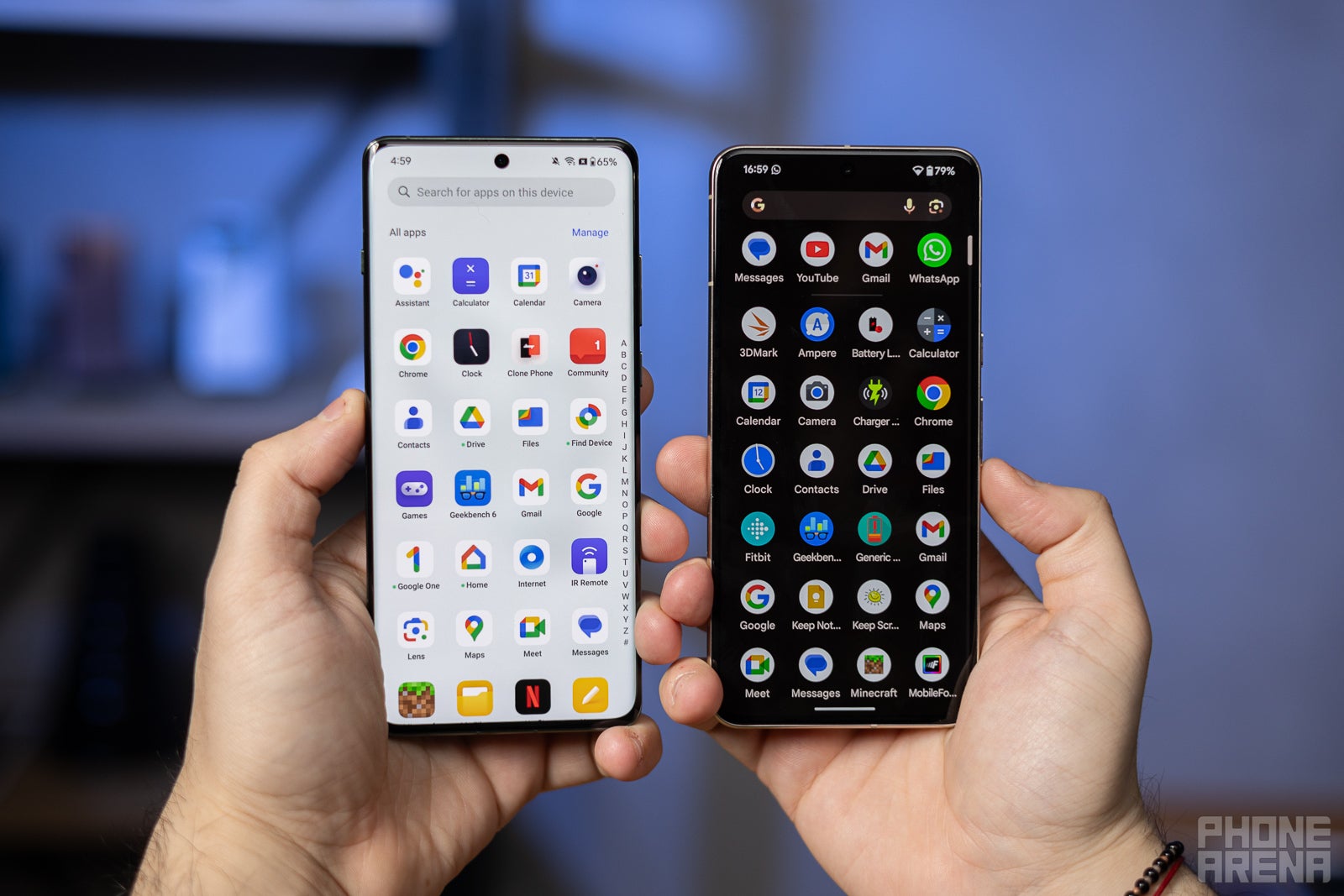
Google is yet to manufacture a chipset that can rival the likes of Qualcomm's flagship Snapdragon silicon. The Google Tensor G3 is without a doubt a decent chip, and what makes it shine is its utilization for all the Pixel-unique features such as Photo Unblur. That being said, it simply cannot match the horsepower of the Snapdragon 8 Gen 3, which is clearly visible in our benchmark tests.
As you can see, the Pixel 8 Pro is dwarfed in terms of chip performance compared to the OnePlus 12, which can definitely be noticed when enjoying some more system-intensive games such as Genshin Impact or even something like Call of Duty: Mobile, as the difference is more pronounced in the graphical performance, even though the Snapdragon outperforms the Tensor G3 in processing power too.
Of course, for most of the things users typically do on their phone, this big difference is hardly noticeable. You should mainly pay attention to it if you tend to play games that are graphically intensive or use apps that require a lot of processing power, such as video or photo editing ones, for example.
As for RAM, both phones are stacked with plenty, even though the OnePlus 12 goes to 16GB compared to the Pixel 8 Pro's 12GB. Both are also using the fastest RAM available for phones at the moment, so things should run fast and you shouldn't experience any instances of the phone lagging.
Storage is a different story though, as the Pixel 8 Pro comes with UFS3.1, which is considerably slower than the UFS4.0 storage on the OnePlus 12, around two times slower to be exact. What does that mean? It means the Pixel 8 Pro might be a bit slower at loading large files, like starting a game, opening up a document filled with information, or saving a long video after editing it in some app. Then again, you cannot get a US version of the OnePlus 12 with 1TB of storage, but you can get a 1TB Pixel 8 Pro, so that's a win for Google there.
As for the software support, Google obviously takes the cake here, with 7 years of promised software updates and security patches, compared to OnePlus' 4 years of software updates and 5 years of security patches.
Camera
Hardware innovation vs AI
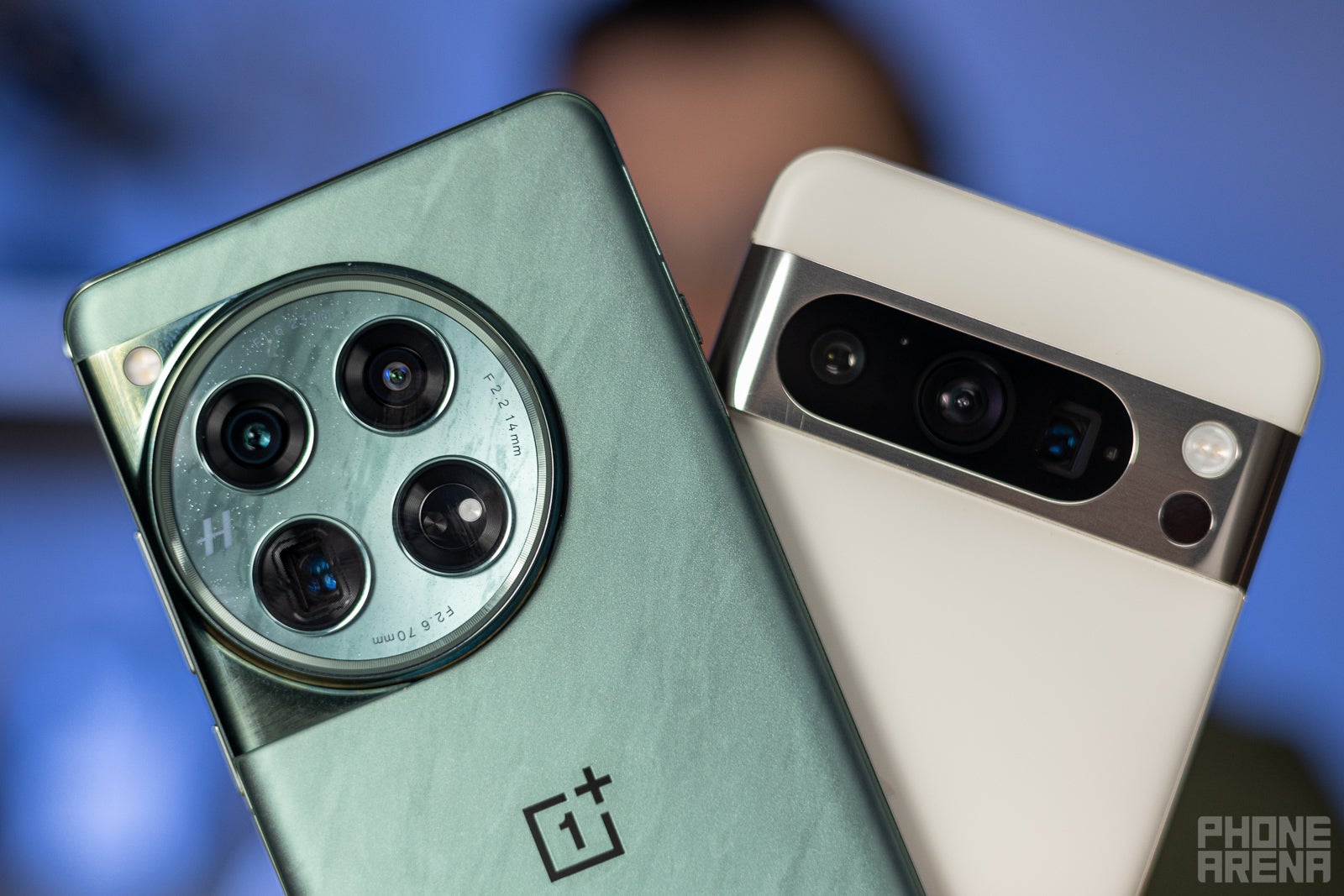
Both phones come with triple camera systems at the back, including a wide (main) camera, an ultra-wide, and a telephoto. There are also equipped with nice front-facing cameras embedded in the displays. Here are the different specs for each phone's cameras:
OnePlus 12 Pro:
- Wide (main) — 50MP, 1/1.31-inch sensor
- Ultra-wide — 48MP
- Telephoto — 64MP with 3X optical zoom
- Front — 32MP
Pixel 8 Pro:
- Wide (main) — 50MP, 1/1.43-inch sensor
- Ultra-wide — 48MP
- Telephoto — 48MP with 5X optical zoom
- Front — 12MP
Now, the spec sheet you see above hints to quite the spectacular showdown. The 50MP main camera OnePlus has included with the OnePlus 12 is not the same as in the OnePlus Open, but it is still uses dual-layer transistor-pixel technology. It is a new type of sensor in the world of phone cameras, which has the ability to capture more light relative to the sensor size. And since light is kind of the end all be all of photography, this innovation improves on almost all aspects making up a great shot!
Google, on the other hand, also comes with some impressive camera hardware, but relies more heavily on its expertise in software and machine learning. That is where all of the AI-enhanced features such as Video Boost, Photo Unblur, Night Sight, Magic Editor and others of the sort come at play.
A major difference between the two phones are their telephoto cameras. They both come with a periscope lens attached to them, but on the OnePlus 12 it is a 3X zoom, whereas the Pixel 8 Pro has 5X zoom. Now, there is also a notable difference in megapixels here. OnePlus 12's 64MP telephoto actually facilitates a really good sensor crop mode, allowing it to shoot high-quality 6X zoom photos. But enough talk, let's look at some samples!
Portrait Mode
Ultra-wide Camera
Selfies
Video Quality

Audio Quality and Haptics
As we already mentioned, OnePlus really stepped up its game and raised the bar when it comes to haptic feedback. The OnePlus 11 was the first to get the new, much larger vibration motor, but the OnePlus 12 has taken this aspect one step further, which is apparently exactly the amount of steps it needed to come out on top.
The Pixel 8 Pro is no slouch either, as we noticed improvements in its vibration strength and accuracy during our review, but from what we can tell after comparing them back to back the OnePlus definitely has the upper hand here.
Audio quality was finally improved with the Pixel 8 Pro, which has speakers capable of producing sound that's generally good enough for listening to some music straight from the device. OnePlus improved on this segment with the OnePlus 11 too, with significantly better sound coming out of its dual speakers, but we didn't notice any changes with the new model. Both phones offer great audio experience though, so you can't go wrong with either as far as this is concerned.
Battery Life and Charging
Battery life might be a stalemate, but the fast charging prize goes to OnePlus 12
The Pixel 8 Pro turned out to be pretty good as far as battery life goes, especially when it came to our video streaming test, so it's a reliable piece of phone and won't leave you hanging with its 5,050 mAh battery. But the OnePlus 12 comes with an even larger (massive, in fact) 5,400mAh battery!
Of course, battery life depends on much more than simply the size of the battery, so let's take a look at the test results we got.
PhoneArena Battery Test Results:
Charging is one area where there is simply no doubt though, with OnePlus being known for its super speedy charging. The OnePlus 12 comes with 100W fast charging and a 100W Supervooc charger in the box that, according to OnePlus, can juice it up from 1-100% in about 26 minutes! Unlike its predecessors, it also comes with 50W wireless charging, which can fill up its massive battery from 1-100% in just 55 minutes, as advertised.
The Pixel 8 Pro, on the other hand, which still has a big battery, can only go as high as 30W with a cable and 23W with a wireless charger. Suffice it to say, the OnePlus wins this one by a landslide. But let's take a look at the numbers we got after we put both phones through our charging tests.
Of course, with that massive difference in maximum charging speed and relatively similar battery sizes, the OnePlus 12 blows the Pixel 8 Pro out of the water, beating it by being approximately one hour quicker.
Specs Comparison
OnePlus 12 vs Pixel 8 Pro spec sheets summarized:
| OnePlus 12 | Pixel 8 Pro | |
|---|---|---|
| Size, weight | 164.3 x 75.8 x 9.15mm, 220gr | 162.6 x 76.5 x 8.8 mm, 213.0 g |
| Screen | 6.8" OLED 3168x1440 resolution LTPO 1-120Hz 1,600-nit typical brightness, 4,500-nit local peak brightness | 6.7" OLED 1344 x 2992 resolution LTPO 1-120Hz 1,600-nit typical brightness, 2,400-nit peak brightness |
| Processor | Qualcomm Snapdragon 8 Gen 3 4nm | Google Tensor G3 4nm |
| RAM, Storage | 12/16GB LPDDR5X RAM 256/512GB UFS 4.0 | 12GB RAM LPDDR5X 128/256GB/512GB/1TB UFS3.1 storage |
| Cameras |
|
|
| Battery | 5,400mAh | 5,050mAh |
| Charging | USB-C 100W wired 50W wireless | USB-C 30W wired 23W wireless |
Summary
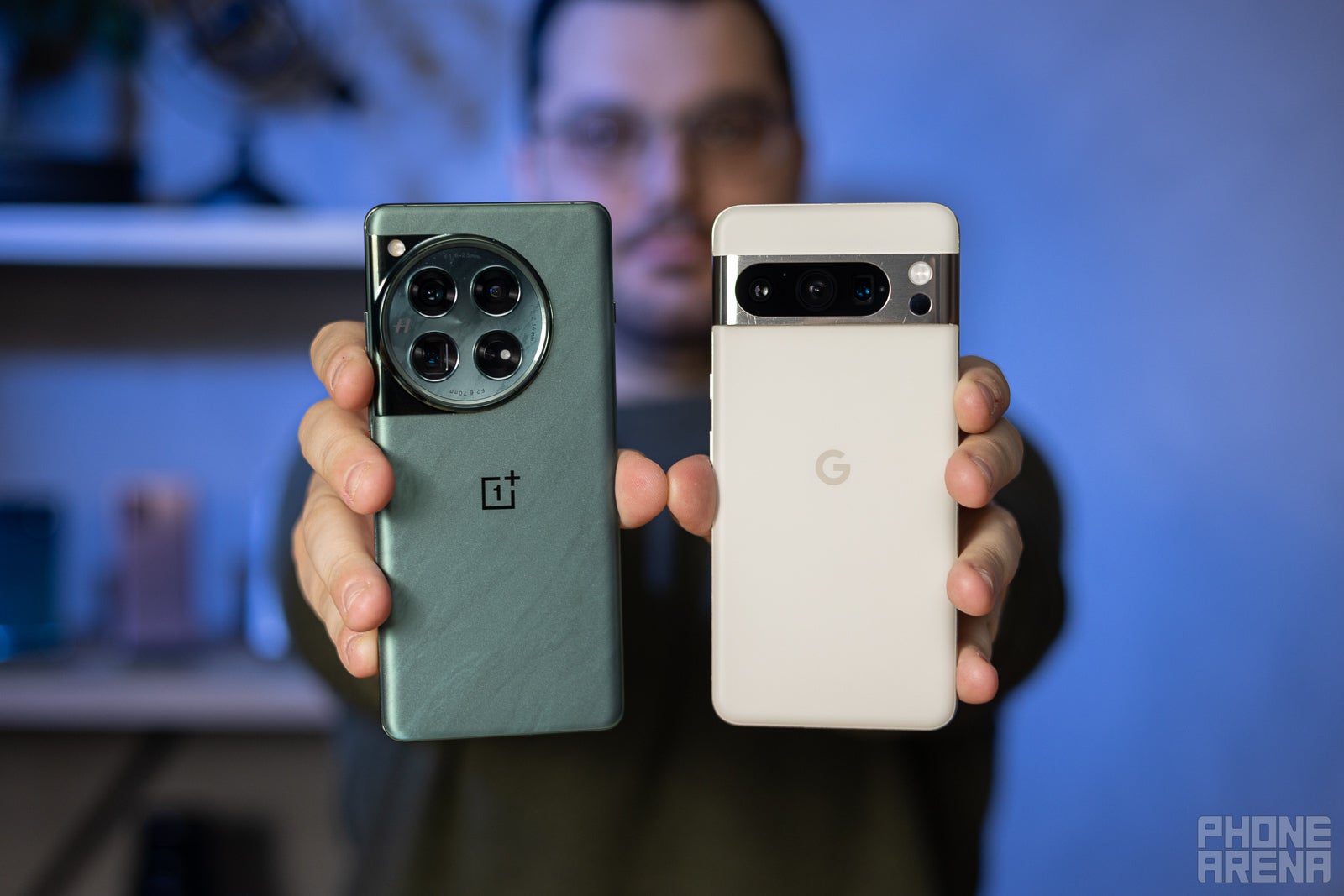
OnePlus is set to make its 10-year anniversary a memorable one with the OnePlus 12. Clearly, the phone is stacked with impressive hardware, mainly centering around the camera system, performance, and charging. The Pixel 8 Pro, on the other hand, has a lot of charm to it thanks to all of the Pixel-specific software features, many of which, again, circle around the camera experience.
There is also a difference in price which must be mentioned. Even though the OnePlus 12 comes out in the U.S. market with a higher price tag than its predecessor, it is still $200 cheaper compared to the Pixel 8 Pro. In fact, that price places it closer to the Pixel 8, which is saying something given how well it can square up even to the pricier Pro model from Google.
The Pixel 8 Pro is an amazing phone, and it comes with its own unique quirks and features that for many out there are what make it worth it. There's also the fact that you get 7 years of software support, which is huge! But if you are okay with sacrificing those two factors then you might as well safe some of your cash and go for the OnePlus 12 instead.
Follow us on Google News
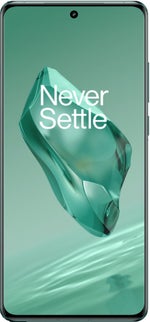




















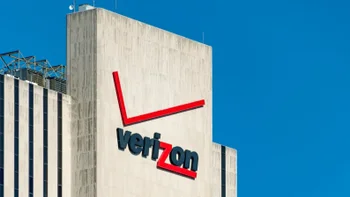
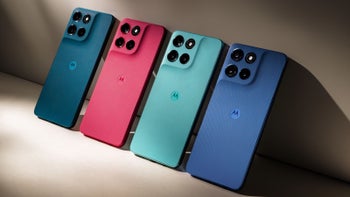
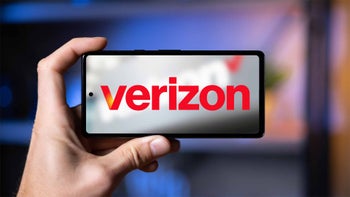
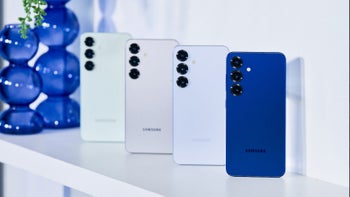
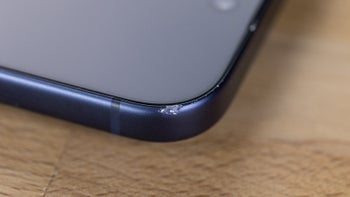
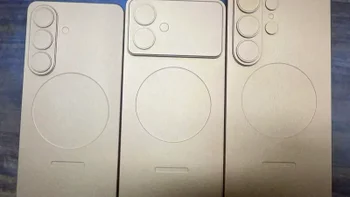
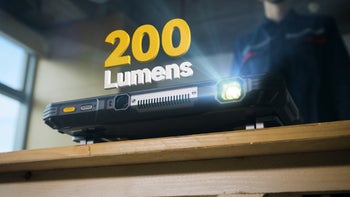
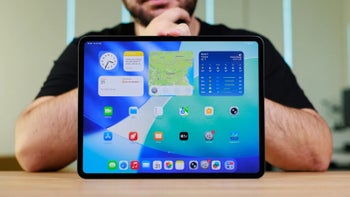

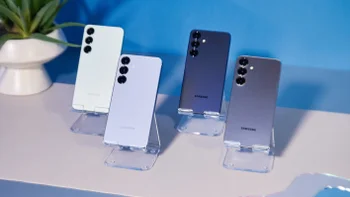
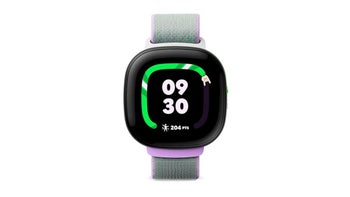
Things that are NOT allowed:
To help keep our community safe and free from spam, we apply temporary limits to newly created accounts: